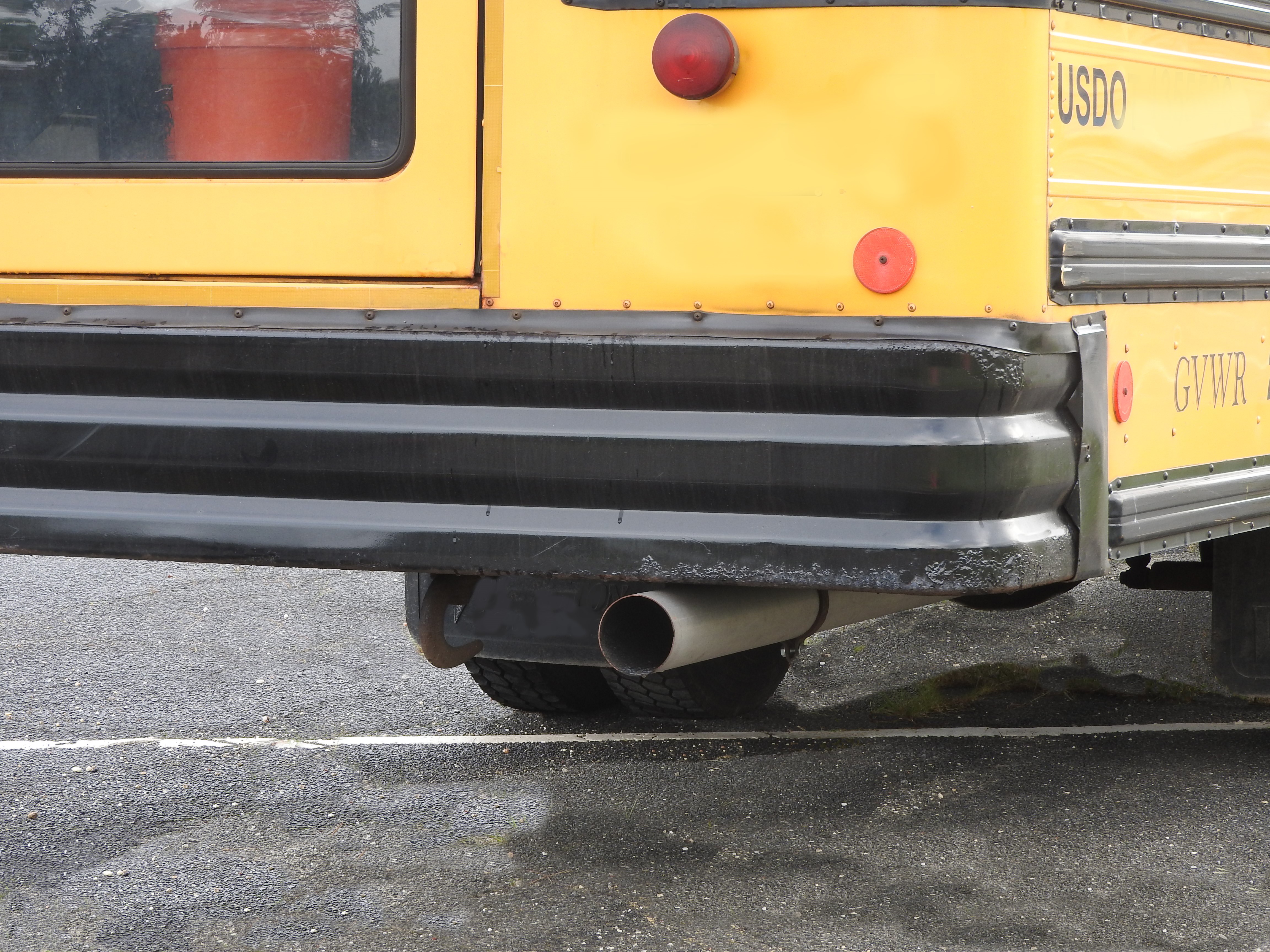One of the most visible signs indicating “back to school” season is the return of the ubiquitous yellow school buses to the nation’s roads and highways. It also means the return of an invisible threat to children’s health: billions of small particles from diesel exhaust, known as fine particulate matter, as well as other toxic substances. These pollutants, known as coarse and fine particles, are among the 40 toxic substances and smog-forming nitrogen oxides that can cause lung damage and aggravate asthma, allergies, bronchitis and other respiratory health problems for children.
While diesel pollution from school buses presents a serious health concern, “it is an issue that many parents are not aware of its implications for their children,” says Bob Gliniecki, Product Manager of Heraeus Sensor Technology, a leading provider of platinum sensors to the transportation industry. Gliniecki, who served as a school board president in his hometown for five years, added, “parents need to be informed and engaged with their local school district to make sure they are taking the necessary steps to reduce harmful emissions of their school bus fleet. The respiratory health of children is at stake.”
According to the American School Bus Council, over 26 million K-12 children are transported by 500,000 licensed school buses each school year, covering nearly 5.8 billion miles. Diesel emissions from these buses and other transportation sources is particularly harmful to children because they are more susceptible: their lungs are not fully formed, and they breathe 50 percent more air per pound of body weight than adults. Additionally, researchers have identified a phenomenon called “self pollution” in which emissions from the exhaust pipe can seep back into the bus cabin through tiny openings, giving children a second dose of harmful exposure.
One way school districts are addressing this issue is by replacing aging bus fleets or doing retro-fitting with pollution-cutting filters. Sensors play an important role in adjusting and optimizing the operation of the school bus emission control components. Heraeus high-temperature exhaust fume temperature sensors ensure that the Exhaust Gas Recirculation system, Diesel Particulate Filter and the SCR catalyst are operating properly. Heraeus soot sensors measure the presence of soot in the exhaust, which is a critical indication whether the diesel particulate is functioning properly.
As a former school board president, Gliniecki believes the most effective way to make school buses healthier for children is parental involvement. He observed, “In my five years on a school board, parents rarely raised questions about school bus safety. There are numerous ways to be informed, get involved and influence school policies.” Gliniecki offers practical advice parents should employ when engaging with their child’s school:
- Assert your rights. Parents have a right to request and review a district’s contract with a transportation provider or the district’s transportation manager. Gliniecki noted that parents can request information on the physical condition of the buses, the age of the fleet, inspection records, maintenance schedules, repair history or even the driving records of the drivers, adding, “You are within your rights to request and obtain any information that pertains to your child’s health and safety while riding on a school bus.”
- Become familiar with state “No Idling” laws and local regulations. Studies have shown that idling significantly increases self-pollution within the bus. Currently, 31 states have enacted anti-idling laws to restrict idling of more than five minutes in any continuous 60-minute period. To reduce harmful emissions, parents should ensure school districts are complying with any state no-idling laws or request one to be established in community school zones. Most modern buses no longer need extended idling beyond five minutes to warm up.
- Request school district plans for fleet management. Replacing and/or retro-fitting older buses with better emissions-controlling technology are two proven ways for school districts to directly address diesel pollution. While it is understandable that school districts and transportation companies to delay capital expenditures as long as possible, Gliniecki says, “informed, engaged and vocal parents can ensure that these investments remain a high priority.”
While 95% of the nation’s 500,000 school buses are diesel powered, Gliniecki points out that calls for an immediate conversion to electric buses is not feasible. “Given the current limitations with electric batteries, diesel buses will continue to play the leading role in transporting school children. The goal is to make sure school districts use technologies and employ no-idling policies to reduce the amounts of harmful pollutants children get exposed to.”




